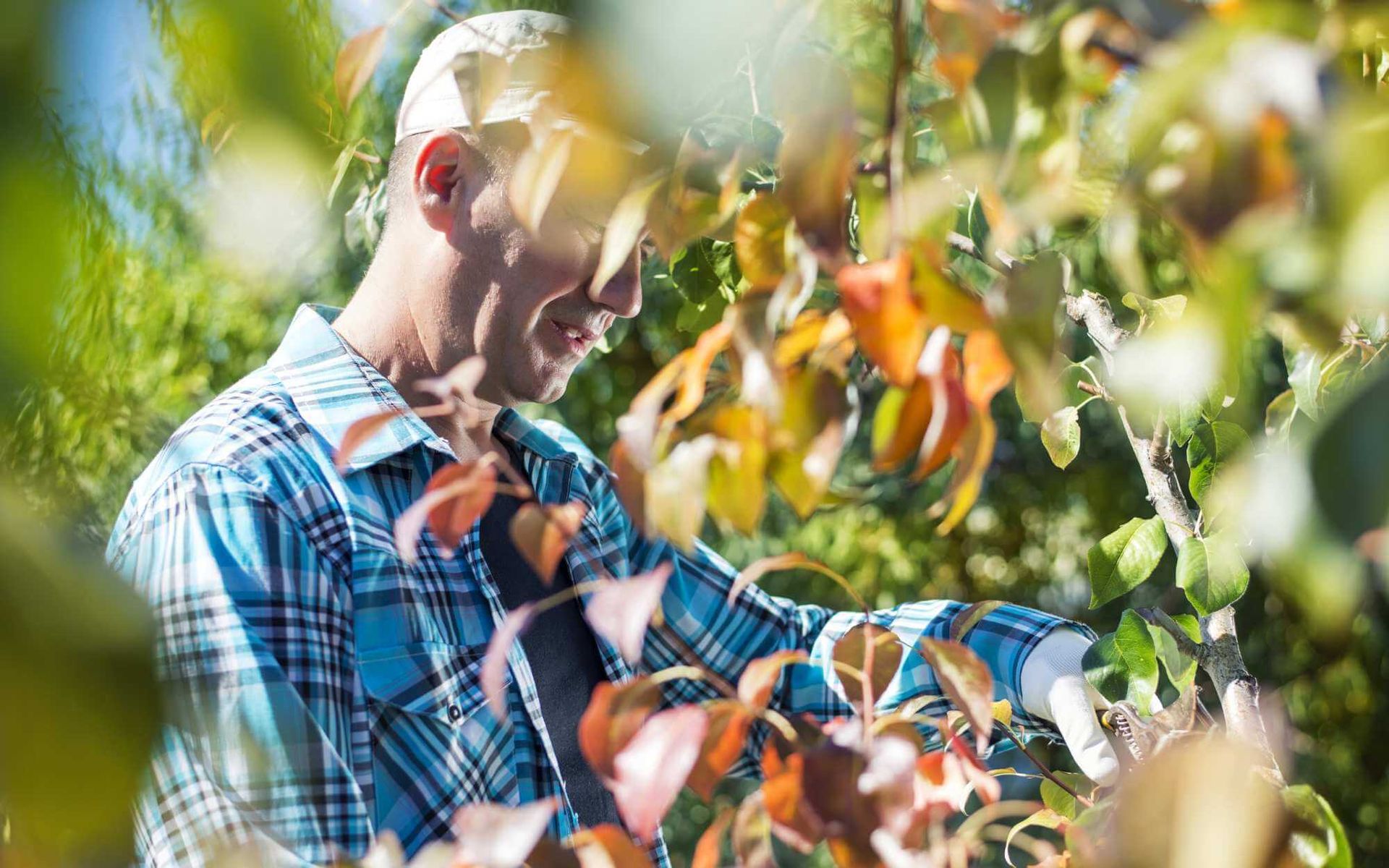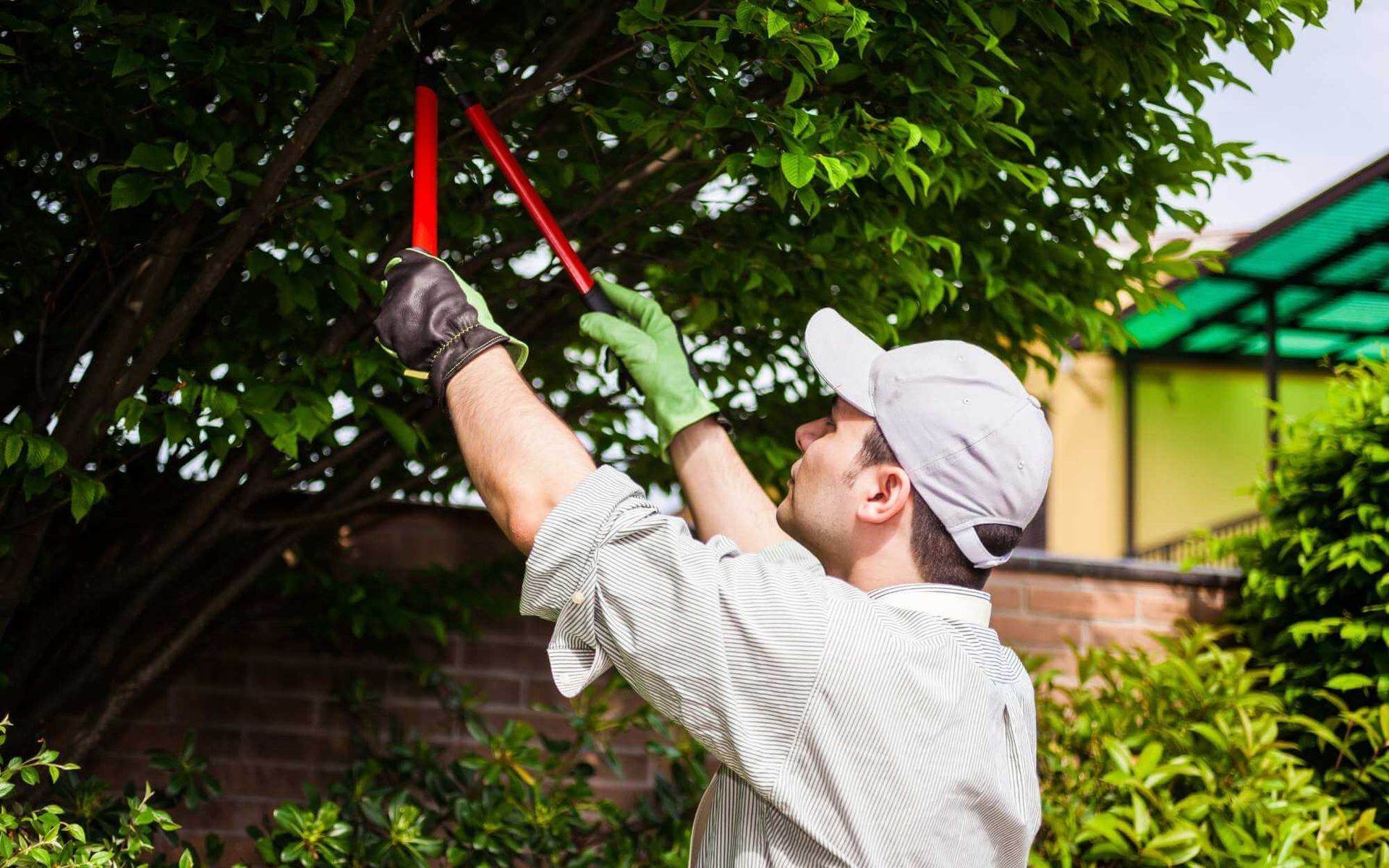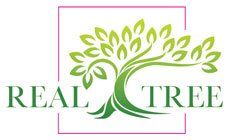Pruning and Training Fruit Trees for Enhanced Sun Exposure
PUBLISHED ON
SHARE THIS ARTICLE

As any seasoned gardener will tell you, cultivating a fruitful orchard goes beyond just planting a tree and letting nature take its course.
Pruning and training fruit trees are pivotal aspects of successful and productive fruit gardening. These processes not only enhance the overall health and vitality of the tree but also significantly boost fruit production. They help optimize sun exposure, which allows trees to photosynthesize more efficiently, thus promoting healthier vegetative growth.
Join us as we delve into the importance of these horticultural practices and share some tips for achieving optimal fruit production in your home orchard.
Benefits of Pruning and Training
Increasing sunlight penetration through pruning and training induces a cascade of benefits in fruit trees.
Firstly, it improves air circulation, which helps keep the tree dry, minimizing the risk of fungal and bacterial diseases that thrive in damp conditions.
Secondly, optimized sunlight exposure plays a crucial role in disease prevention. Sunlight acts as a natural disinfectant, suppressing harmful pathogens and creating a healthier environment for the tree.
Lastly, pruning allows for better shape control and aesthetics. It enables the gardener to direct growth, maintaining the tree's balance, and enhancing its visual appeal.
These horticultural practices contribute significantly to creating a robust, disease-free, and aesthetically pleasing orchard.
Pruning Techniques

Proper pruning techniques vary in execution but all aim for a healthier, more fruitful tree. Let's explore a few key strategies in detail.
Selective trimming of branches involves careful removal of a few branches to encourage better light penetration and air circulation. This targeted approach can stimulate new growth in desired areas, while also reducing overcrowding and ensuring that the tree’s energy isn't wasted on unnecessary foliage.
Removing dead or diseased wood is crucial to preserving the tree's health. This practice helps to prevent the spread of disease and pests and allows the tree to focus its resources on growth and fruit production, rather than maintaining unproductive or harmful tissues.
Creating an open canopy is central to maximizing a tree’s photosynthetic capacity. By pruning branches judiciously to create a well-spaced, open structure, sunlight can reach all parts of the tree, facilitating better growth, reducing disease incidence, and leading to more abundant fruit yields.
Training Methods
Training fruit trees greatly impacts their growth pattern, fruit yield, and overall health. Let's unravel three popular methods: Espalier, Central Leader, and Modified Central Leader.
Espalier technique is a centuries-old method involving training trees to grow flat against a wall or fence, usually in a symmetrical pattern. This helps maximize sunlight exposure, improving fruit yield, and making harvesting easier, especially in smaller gardens.
Central Leader training involves developing a single, dominant central trunk or 'leader', with evenly spaced 'scaffold' branches radiating outwards. This pyramid-shaped structure ensures balanced growth and is particularly effective for apple and pear trees.
Modified Central Leader training is a variation of the Central Leader method. It allows for multiple leaders, providing a more bushy and rounded tree shape. Ideal for peaches and nectarines, this method promotes a higher fruit yield.
Seasonal Considerations

Pruning and training are paramount during winter when most fruit trees are dormant. This is the ideal time to remove dead wood and shape the tree without causing stress or stimulating unwanted growth.
Come summer, maintenance (summer pruning) becomes a task of vigilance, keeping an eye out for disease, and pests, and ensuring adequate hydration.
Thinning, or the selective removal of certain fruits, is a crucial summer task. It helps prevent branch breakage due to heavy fruit load, improves fruit size, and fosters better sunlight penetration and air circulation, which are instrumental for optimal fruit quality and tree health.
Tools and Safety Tips
Pruning necessitates a variety of tools, such as hand pruners for smaller branches, lopping shears for thicker limbs, and pruning saws for large branches. A pruning pole may be needed to reach high branches. Always ensure your tools are sharp and clean to ensure smooth pruning cuts and reduce disease transmission.
Safety measures include wearing sturdy gloves to prevent cuts, safety glasses to shield your eyes from debris, and a helmet when cutting above head height. Always prune with care, avoiding overreaching or cutting near power lines.
Remember, safety should be your priority when tending to your trees.
Maximize sunlight on fruit trees for bountiful harvests!
Pruning and training fruit trees is a blend of artistry and science, crucial for maximizing sun exposure and ensuring bountiful harvests. These methods enhance light penetration and air circulation, promoting healthier growth and disease resistance. Pruning shapes the tree, controlling its growth, while training guides the tree's pattern, optimizing fruit production.
Harness the power of sunlight for your orchard today – call our
fruit tree pruning experts to guide you through this process!
Want a free quote or some friendly advice? Call our team today:






